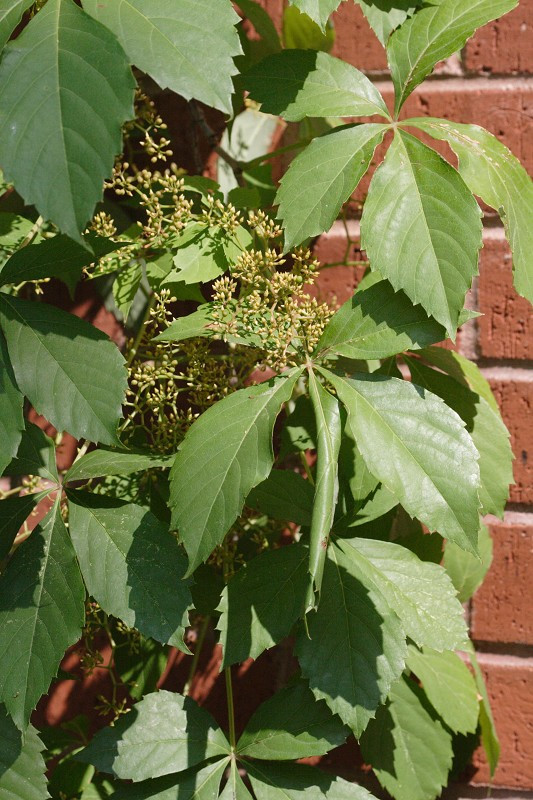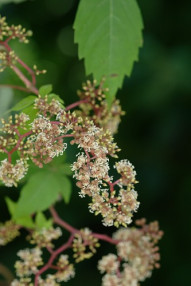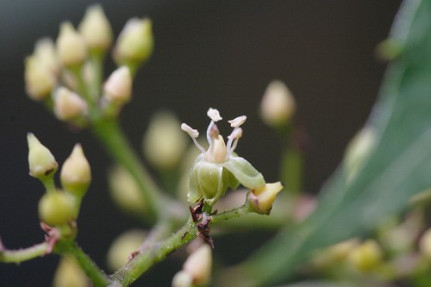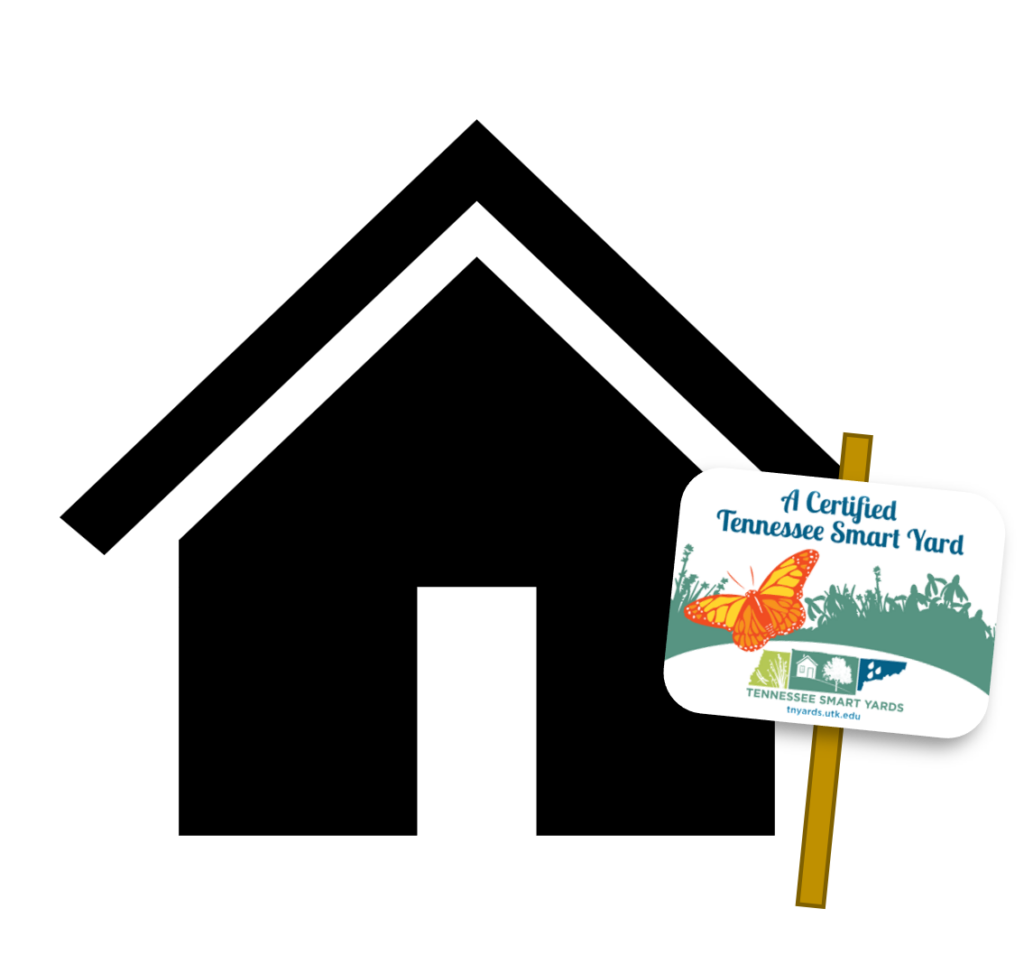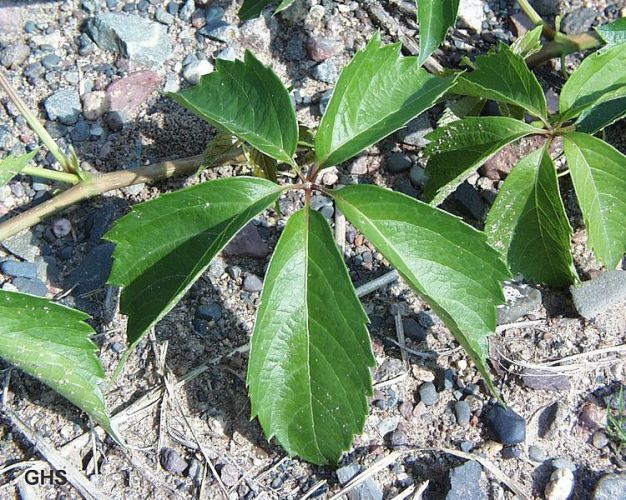
Common Name: Virginia Creeper
Full sun to light shade; medium to moderately dry moisture level; sandy, sandy loam, medium loam, clay loam, clay, or rocky soil; moderately acid to neutral pH.
30-50 (or more) feet height x 5-10 feet spread; inconspicuous yellow flowers in June and July; fruit is a globular, ¼ inch blue-black berry on red stalks in September-October.
Growth Rate: Fast; very fast when well-established.
Maintenance: Minimal. No serious insect or disease problems. May require some monitoring as can be invasive.
Propagation: Seed germination code C(60) at 41 degrees F. in moist sand or peat. Easiest by hardwood or semi-hardwood cuttings or by layering in the fall.
Native Region: Middle and East Tennessee, lightly in West Tennessee
A tough, long-lived, easy-to-grow vine. Climbs by aerial rootlets and by branching tendrils that have strong adhesive disks on the tips. These tips make it possible for vine to climb walls without any additional support. Its climbing ability and fast growth make it great for covering walls, trellises, arbors or fences. Also can be grown on the ground to cover old stumps, rock piles or other eyesores. Can be a useful groundcover for erosion control, particularly in shaded areas. Rich crimson fall foliage. Berries highly toxic to humans. Cultivars are available. High wildlife value. Many species of birds eat the berries. Larval host for several species of Sphinx moths.
